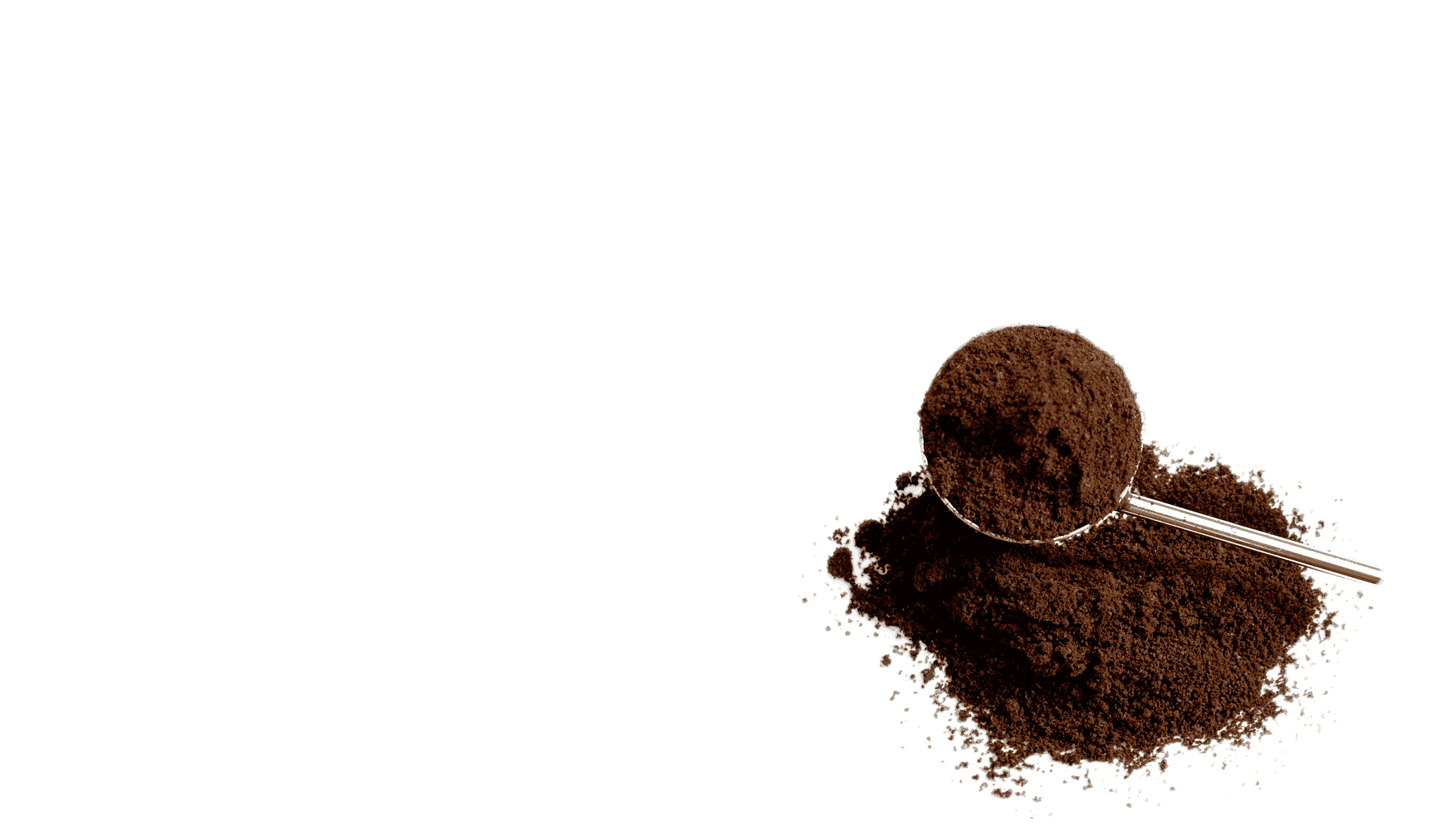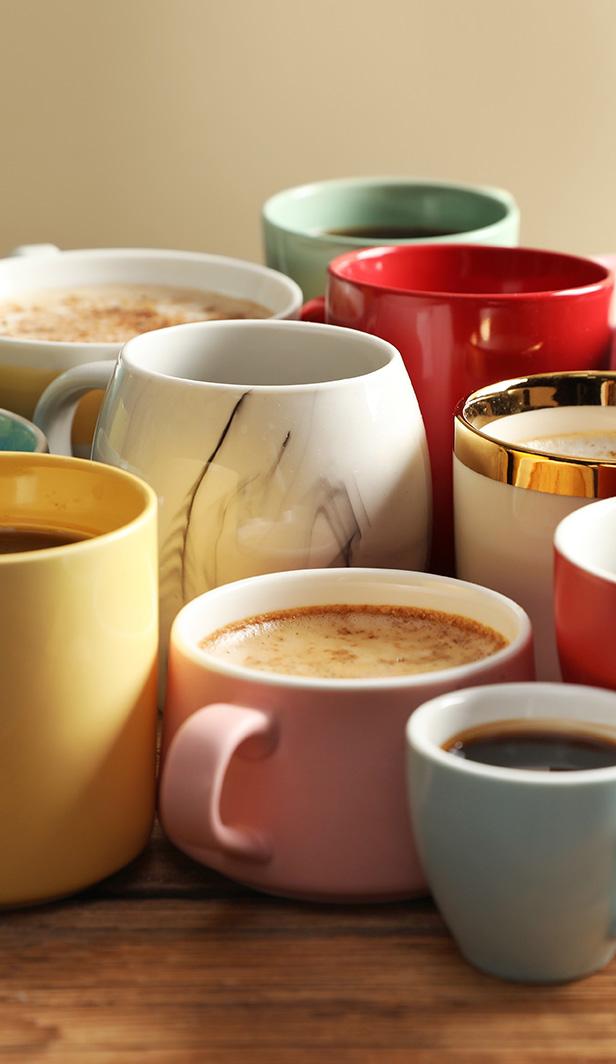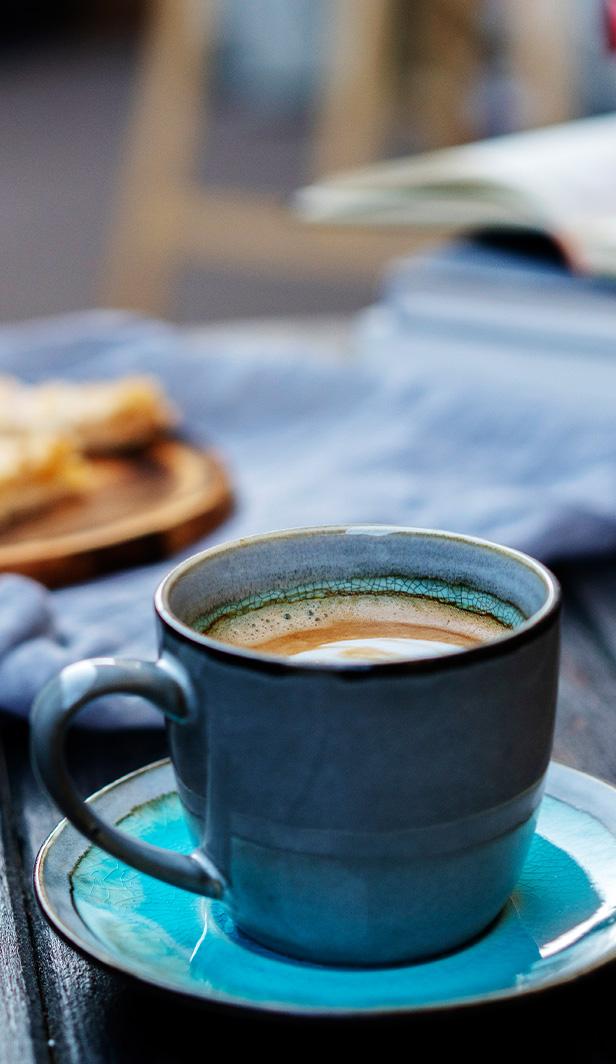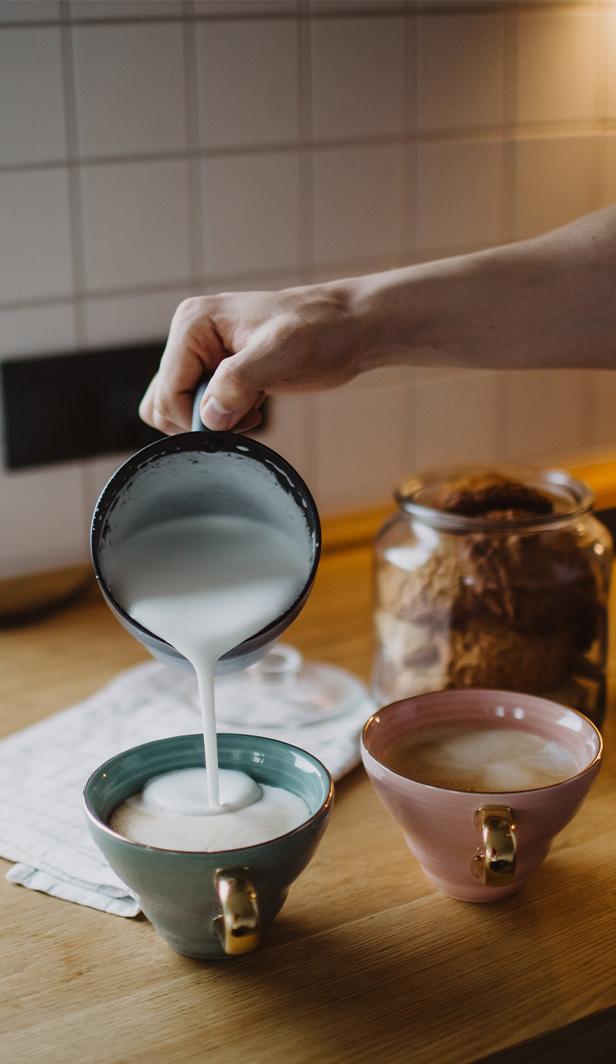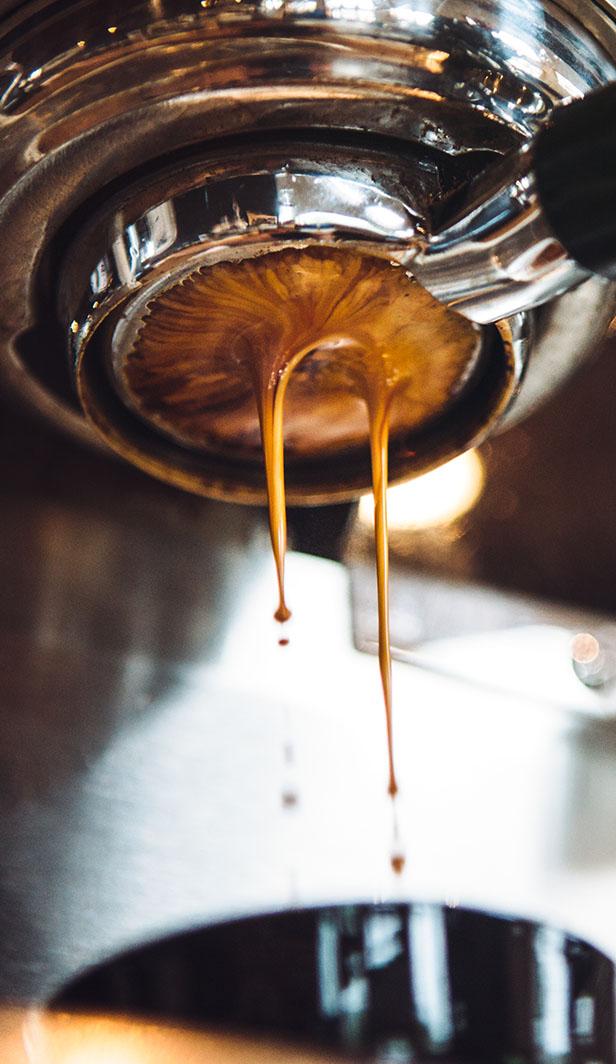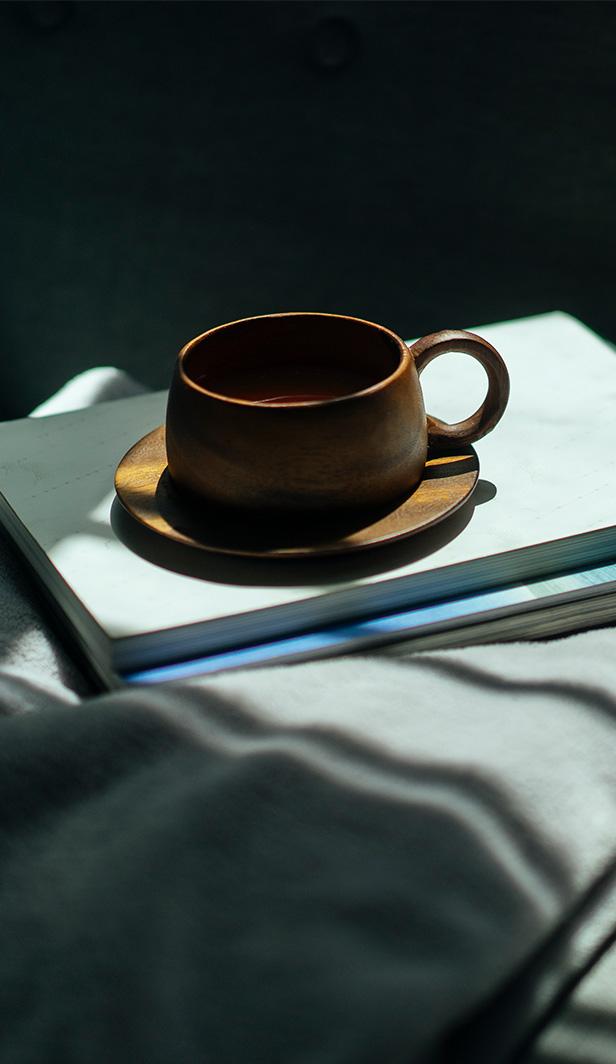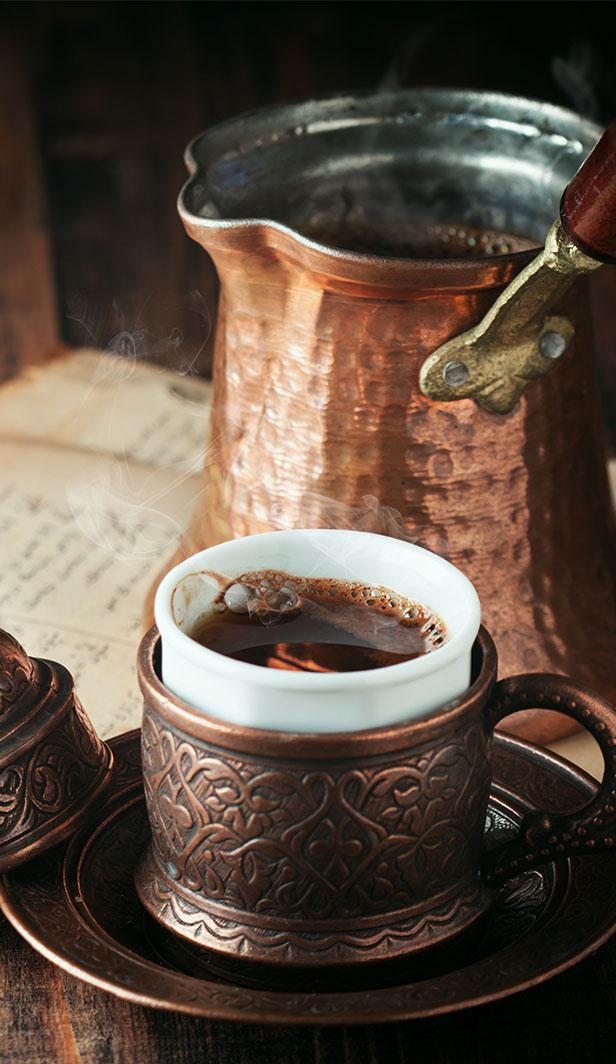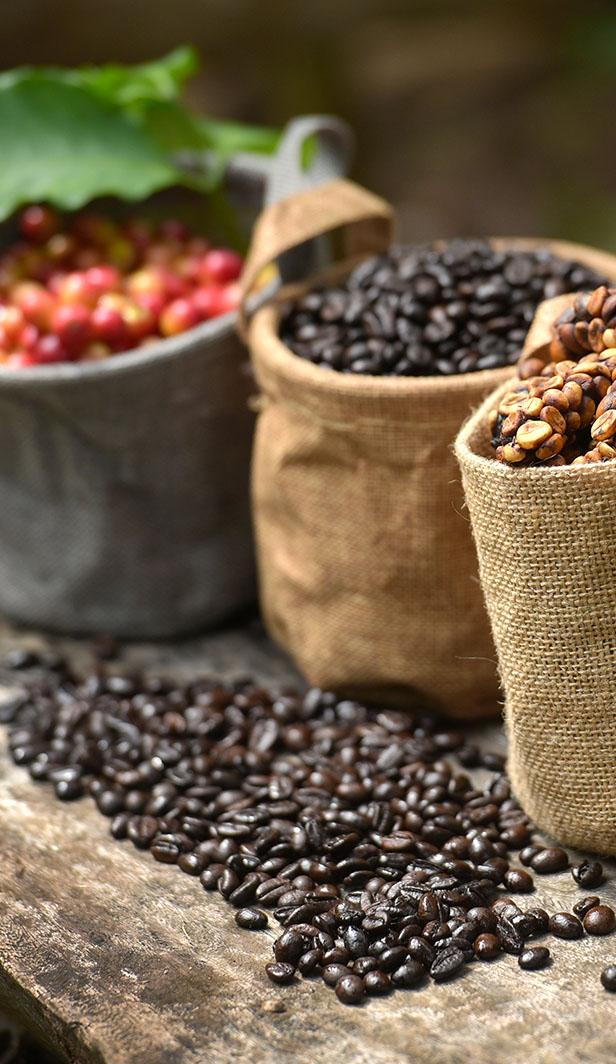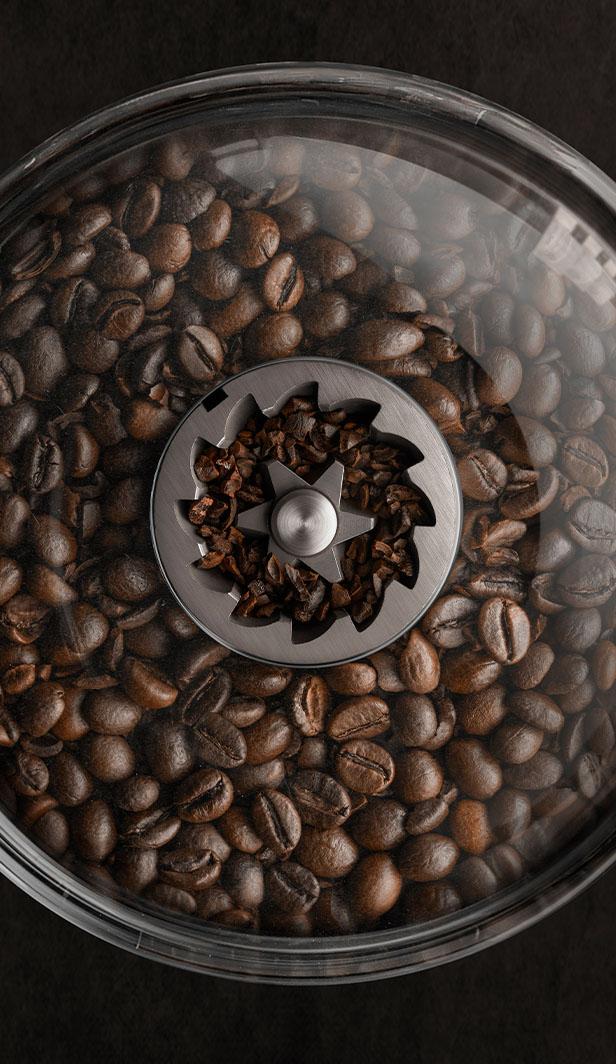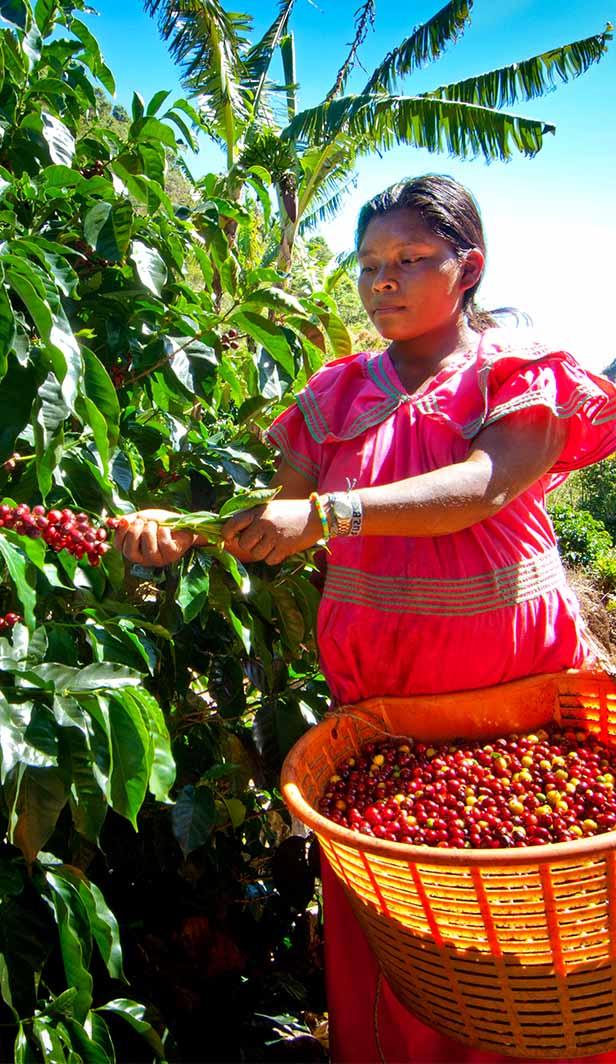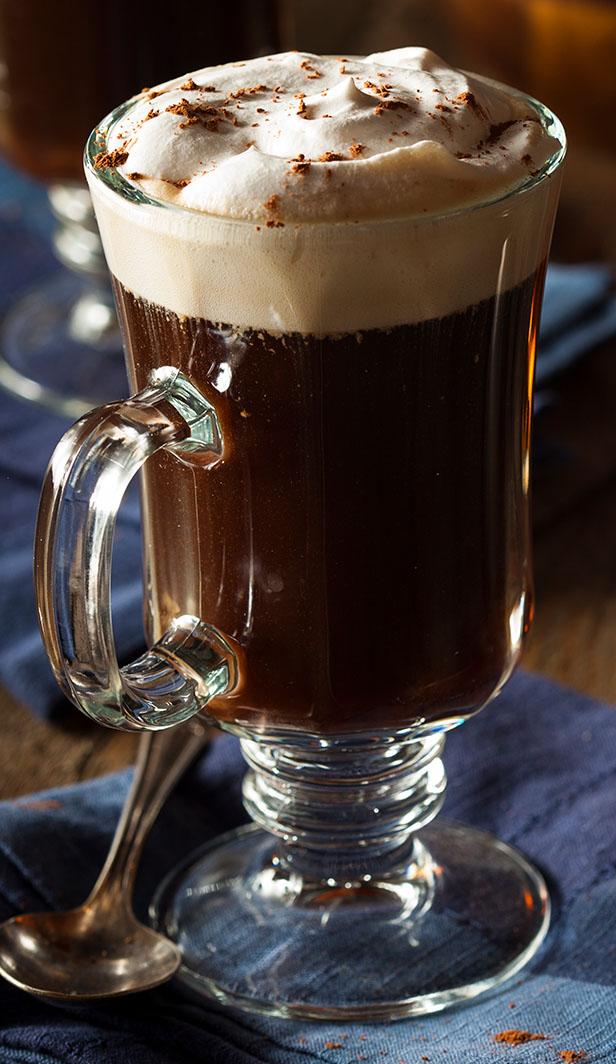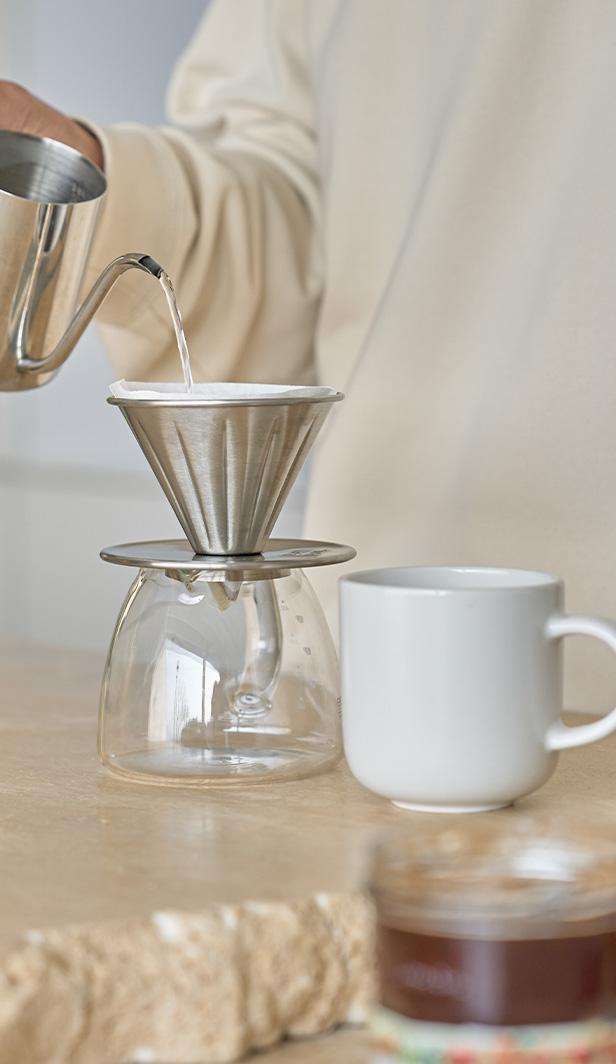8 Essential Coffee Accessories
1. The Mug

2. The milk frother

3. Stainless steel coffee stirrers

4. Measuring spoon

5. Condiment organiser

6. Mug warmer

7. Iced coffee maker

8. Portable coffee cup holder
There’s a coffee cup holder for just about anywhere these days! For the car, for your bike, there are even coffee cup holders for your suitcase. Wherever you go, whatever journey you’re on, your favourite NESCAFÉ cup of coffee can be with you.
We hope you’re as inspired as we are about how this list coffee accessories can make your coffee moments more enjoyable, more convenient and of course, more sustainable!

Today’s community favourites

Inside The Roastery
What is a Coffee Roastery?
A coffee roastery is at the heart of our delicate, smooth and simply irresistible coffee blends. Our specially hand-picked and carefully sourced beans are sent around the world to the roastery where coffee beans are roasted before being crushed down to make coffee.
Coffee roasters have to source the coffee through warehouse and catalogue sales or through direct trade, which is the most popular way to find the best coffee. Coffee roasting is an art that requires a high degree of knowledge and experience to produce level roast profiles. Coffee must be closely monitored during the roasting process and scientific principles of heat transfer, thermodynamics and coffee chemistry must be applied to ensure the highest standard of quality and flavour come through in the final product — the roasted bean.

The History of the Coffee Roastery

The Cylindrical Coffee Roaster

The Industrial Coffee Roaster
Coffee roasting was not left behind in the industrial revolution. Many early industrial roasters used large cylinders placed over a heat source. Until the introduction of gas supplies throughout urban centres, wood or coal would be used. This resulted in coffee having a smoky flavour, so when natural gas became available, it’s no surprise that it quickly became the roaster’s preferred heat source.
Fluid-Bed Roasters
Drum roasters based on 19th century ideas are still the roaster design choice today. However, in the 1970’s, fluid-bed or hot-air roasters entered the coffee bean roasting scene. The fluid-bed roaster forces air through a screen under the coffee beans with enough strength to lift the beans. Heat is then transferred to the beans as they tumble around. Roasters have largely dismissed fluid-bed roasters, as they do not provide the same quality of roast.

What happens inside the coffee roastery?
Once the coffee beans have arrived at the NESCAFÉ Roastery, in the green bean reception, the process has started. The coffee beans are filtered, cleaned and then sent to the next stages of its roasting journey. The beans move easily around the factory using compressed air, which literally blows them from one stage to the next! 175,000 jars of roasted coffee are produced in the factory, enough to supply the city of Manchester for a whole month. Beans are taken from different silos to create the infamous 5-bean blend.
Once in the factory, coffee beans are each given a grade depending on their quality. Great care that goes into making the perfect coffee to the highest standard. Beans that are burnt can have detrimental effect on the overall flavour of the roastery coffee, and are therefore pre-heated before being roasted. Once roasted, the beans are dropped into a cooler to stop the roasting process. The beans don’t continue to roast before being sent to be ground down.

Overall, the coffee bean undergoes total transformation on every level. One of the immediate obvious changes is the colour of the bean itself, their brown-green colour becomes a dark-yellow as they heat up and then changes to dark brown, when the sugars and amino acids in the bean combine under the heat to produce what is called melanoidins. The longer the roast, the darker the bean becomes and the stronger the flavour, which is why coffee roast types are often referred to as being a light, medium or dark roast.
With modern coffee roasting being better informed by the understanding of coffee chemistry and the changes that occur during the roasting process, it’s no wonder we have such extraordinary flavours and combinations available today. Roasters are better equipped to measure variables and analyse why a roast was successful or not. With technologies such as temperature readings and modern software, they can be more efficient and consistent than ever before.
So, now that you’ve had a small insight into the coffee roastery and what goes on behind the scenes, you may just enjoy your specially created blend that little bit more. Next, discover 8 of the best coffee beans in the world, or learn about the rich history of coffee.

Today’s community favourites

8 Of The Best Coffee Beans In The World
1. Jamaica Blue Mountain coffee

2. Sumatran coffee

3. Rwandan coffee

4. Kona coffee

5. Tanzanian coffee

6. Geisha coffee

7. Peruvian Coffee

8. Ethiopian Yirgacheffe Coffee
Grown at 5,800 – 6,600ft above sea level, Ethiopian Yirgacheffe coffee has a fragrant, yet spicy flavour that’s partly due to the way it’s grown, but what happens after it’s picked makes all the difference. Similar to Rwandan coffee, once it’s picked it’s taken to communal washing stations where farmers combine crops to be processed and sorted according to size and quality. The coffee beans are then sun-dried for around 9 – 12 days which brings out a clean and floral flavour that’s reminiscent of apricot and lemon. Ethiopian Yirgacheffe coffee is often considered one of the best coffees in the world for those who enjoy a light to medium bodied blend.
If this list of the best coffee beans in the world has awakened your curiosity, we invite you to discover the origins of coffee, or take a trip inside the roastery.

Today’s community favourites

Coffee culture around the world
Discover coffee’s origins

Explore the legend of coffee

A sense of community

Coffee hotspots in Europe
Be inspired by our guides to coffee hotspots around the world, and discover what to expect from each.
Coffee culture in Italy
Italian coffee is renowned for its superior taste, but how does the culture differ from the rest of the world?

Coffee culture in Austria

Coffee culture in France

Coffee culture in Spain

Coffee culture in Germany

Coffee culture in Greece

Coffee culture in Turkey

Coffee culture in Sweden

Coffee culture in Portugal

Coffee hotspots in the Americas
Coffee culture in Cuba
Unlike anywhere else in the world, a place where coffee commonly known as a vehicle for socialisation.

Coffee culture in Brazil

Coffee culture in Mexico

Coffee culture in Peru

Coffee culture in Guatemala

Coffee culture in Costa Rica

Coffee culture in Jamaica

Coffee culture in Colombia

Coffee culture in New Orleans

American Coffee and Culture

Coffee hotspots in Asia
Coffee culture in Vietnam
Renowned for its beautiful scenery and cultural heritage, as well as its bitterly sharp and strong flavoured coffee.

Coffee culture in Indonesia

Coffee culture in Malaysia

Coffee culture in Japan

Coffee culture in Korea

Coffee culture in India

Coffee culture in China

Coffee culture in Yemen

Coffee hotspots in Oceania
Coffee culture in Australia
With a strong coffee culture, Australia is home to some of the greatest coffee in the world.

Coffee culture in Papua New Guinea

Coffee hotspots in Africa
Coffee culture in Ethiopia
A land of diverse landscape, history and world-renowned coffee, Ethiopia is where the coffee bean originated.

Coffee culture in Arabia
Across Arabia, the Middle East and North Africa, coffee has played a key role in nearly every aspect of the region’s culture.
The incredible diversity of ways to enjoy coffee around the world is truly inspiring, just waiting to be discovered to make your world that little bit more enriching. Which coffee destinations will you be adding to your bucket list?


Coffee culture in Arabia
Coffee as inspiration
In the Middle East, Arabia and North Africa, coffee (Qahwa) has been widely used to settle marriages, contracts, and blood feuds, sometimes even seen as an offering of peace to end mutiny. In certain parts of the Middle East, Arabian coffee is used to greet visitors. It is said that if someone refuses an offering of coffee when entering one’s home, then they are about to ask you for something very close to their heart, such as forgiveness or permission. If this is accepted, then Qahwa coffee is enjoyed in celebration.
In many Arabic cultures, drinking coffee is a reason to get together and discuss news and mutual interests. In most traditional homes, the head of the household will take the first sip of Qahwa coffee to make sure that it is satisfactory for the rest of the family to drink too. There is a term used for Qahwa that does not taste satisfactory, and therefore may tarnish the reputation of the head of the family, if served to others. This is known as “Finjan al hail”. To this day, Arabic coffee continues to inspire the people of Arabia, the Middle East, and North Africa to create music, poetry and art.
The history of Arabian Coffee
Coffee was, according to apocryphal legend, discovered in Yemen a thousand years ago. The story begins with a goat herder named Ali, who thought that after his goats ate the fruit of a certain shrub, their energy levels increased. He took the shrub to a monastery and used the berries to keep himself awake during the long hours of meditation. The other monks considered the shrub to be a sedative and thus threw the shrub into the fire to burn. VERYIFY ALI.

Is Arabian coffee made of Arabica beans?
Usually, Arabian coffee is made primarily with Arabica beans. The reason for this is mainly geographical as well as due to market supply. There are large amounts of market grade Arabian coffee or Turkish coffee that are of unknown origin. However, some Arabian coffee blends contain a combination of both Arabica and Robusta coffee beans.
Arabian Coffee Brewing Methods
There are various brewing methods around the world, but most Arab countries use one of two methods. Most Arabian coffee may be served with a hint of cardamom or served plain. The coffee beans are either heavily or lightly roasted before the cardamom is added. The coffee is traditionally roasted at home and then ground, brewed and served to guests. The coffee is served with dried fruits, nuts, or candied fruit to soften its bitter taste. A pot called a “Dallah” is used to serve the freshly brewed Arabian coffee, which is poured into small cups without handles. The amount of coffee usually just about covers the bottom of the cup.

How to make Qahwa coffee

Ingredients for Qahwa coffee
- Green coffee beans, lightly roasted and coarsely ground
- Crushed cardamom
- Water
- Saffron strands

Brewing process for Qahwa coffee

How to order an Arabian coffee
If you’re planning on heading to the Middle East, you will want to know how to order your perfect Qahwa coffee. Here are a few ways to order your coffee:
- Qahwa Sada - Black coffee with no sugar
- Qahwa Ariha - Lightly sweetened coffee
- Ahwa Mazboot - Medium amount of sugar in coffee
- Qahwaziyada - Very sweet coffee
Arabian coffee is much more than just a drink in Arabic culture, it is a way of life that brings people together. The Arab world’s great respect for their traditional brewing and drinking methods is inspiring. Make your next trip that much more enriching by immersing yourself in the rich traditional values, brewing methods and delicious Arabian coffee. Next, discover coffee culture in Malaysia.


Coffee culture in America
The history of American coffee
Coffee was first brought to America in 1733 by what was known as the Boston Party in 1773. The revolt against King George II generated a noticeable switch from tea to coffee amongst the colonists, resulting in the expansion of American coffee.
By the early 18th century, coffee had become one of the world’s largest profitable commodities. The consumption of American coffee grew to become especially prevalent during the Civil War, ultimately attracting the interest of savvy businessmen who understood coffee’s potential.
Among some of the most famous American coffee sellers are the Pittsburgh-born brothers known as John and Charles Arbuckle. The brothers began selling pre-roasted American coffee to cowboys in the west. Another American coffee seller at the time was James Folger, selling American coffee to gold miners in California. Other large coffee house brands such as Maxwell House and Hills Brothers were also among America’s early successful coffee sellers. The success of coffee during the post-Civil War era was the advance America needed to introduce coffee crops and coffee culture that has been sustained for centuries.
Today, American coffee culture is still going strong. A popular movement with independently owned coffee shops turning coffee into something of an art form. These small local coffee shops use specially selected and locally roasted beans. American coffee culture is just as much about the flavour of the coffee, as it is about how it’s grown, where it’s roasted and how it’s brewed.

American coffee culture
The coffee culture associated with American coffee is one of speed and quantity, in comparison to other coffee cultures such as Italy, where coffee is about relaxation and enjoyment. It’s estimated that Americans drink an average three cups of American coffee a day.
The rise of remote working has transformed the coffee culture of American society. Cafés are now seen as places to work efficiently with high-speed internet and refreshments on hand. There are many who spend hours in coffee shops, getting their work done, hosting important meetings, and indulging in the efficiency and convenience of ready-to-drink coffee. Unlike the sound of conversation amongst friends which is present in most coffee shops around the world, American coffee shops are generally more quiet.

What is American coffee?

American coffee aka drip coffee
The drip-brewed method is the most commonly used across America. This method requires a filter and hot water that is poured over the ground coffee beans. This method works perfectly with the medium roast coffee commonly used in America, which is why drip coffee makers are seen in many coffee shops and homes across the country. As in many countries, coffee is a cultural phenomenon, but it’s especially prevalent in American society, with a million Americans drinking coffee every day, whenever they want. No matter where the coffee is made, the most important aspect of American coffee is how it’s brewed.
Are you inspired to make your next travel destination somewhere in America? Next, discover coffee culture in New Orleans.


Top 10 Coffee Flavours And Syrups

1. Coffee with caramel syrup

2. Coffee with vanilla syrup

3. Coffee with chocolate syrup

4. Coffee with hazelnut syrup

5. Coffee with toffee syrup

6. Coffee with cinnamon syrup

7. Coffee with mint syrup

8. Coffee with raspberry syrup

9. Coffee with gingerbread syrup

10. Coffee with coconut syrup
For those who love tang of this tropical treat, a coconut coffee flavour will make your coffee taste mild, sweet, creamy, with a subtly nutty note. Coconut lattes and cappuccinos are becoming increasingly popular as more people look for plant-based alternatives to pair with their coffee.
Now, let’s take a look at the different types of coffee cups.

Today’s community favourites

10 Interesting Coffee Facts And Statistics
1. Coffee is one of the most popular drinks worldwide

2. The average person in the US drinks 3 cups of coffee a day

3. 80% of coffee shop goers visit once a week or more

4. The human body can only absorb 300mg of caffeine at a time

5. 1/3 of people don’t drink coffee at all

6. 90% of the world’s coffee is grown in developing countries

7. Mature coffee plants yield 5 pounds of green coffee beans a year

8. Coffee plants can live to be 100 years old

9. Brazil exports 5.7 billion pounds of coffee each year

10. Finland drinks the most coffee per capita
Finland has by far the highest coffee consumption per capita. Here’s the top 10 list of coffee consumption around the world.
Consumption Per Capita
- 1. Finland 12kg
- 2. Norway 9.9kg
- 3. Iceland 9.0kg
- 4. Denmark 8.7kg
- 5. Netherlands 8.4kg
- 6. Sweden 8.2kg
- 7. Switzerland 7.9kg
- 8. Belgium 6.8kg
- 9. Luxembourg 6.5kg
- 10. Canada 6.5kg
We hope you enjoyed our top 10 statistics about coffee! Whether you're simply curious or looking for titbits to make your next conversation over coffee that much more memorable, learn about the coffee roasting process or discover 16 coffee facts to liven up your day.

Today’s community favourites

Types Of Coffee Explained
What is a latte?
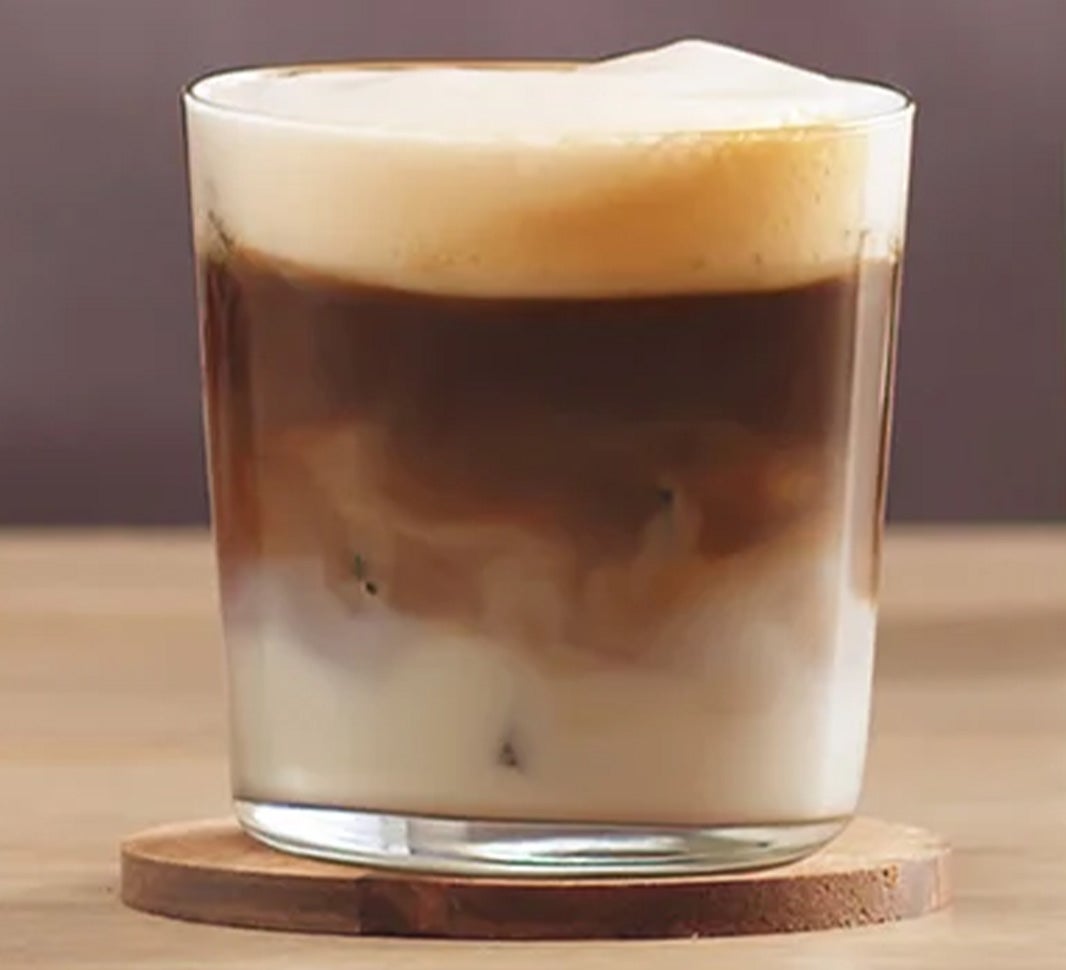
What is a cappuccino?
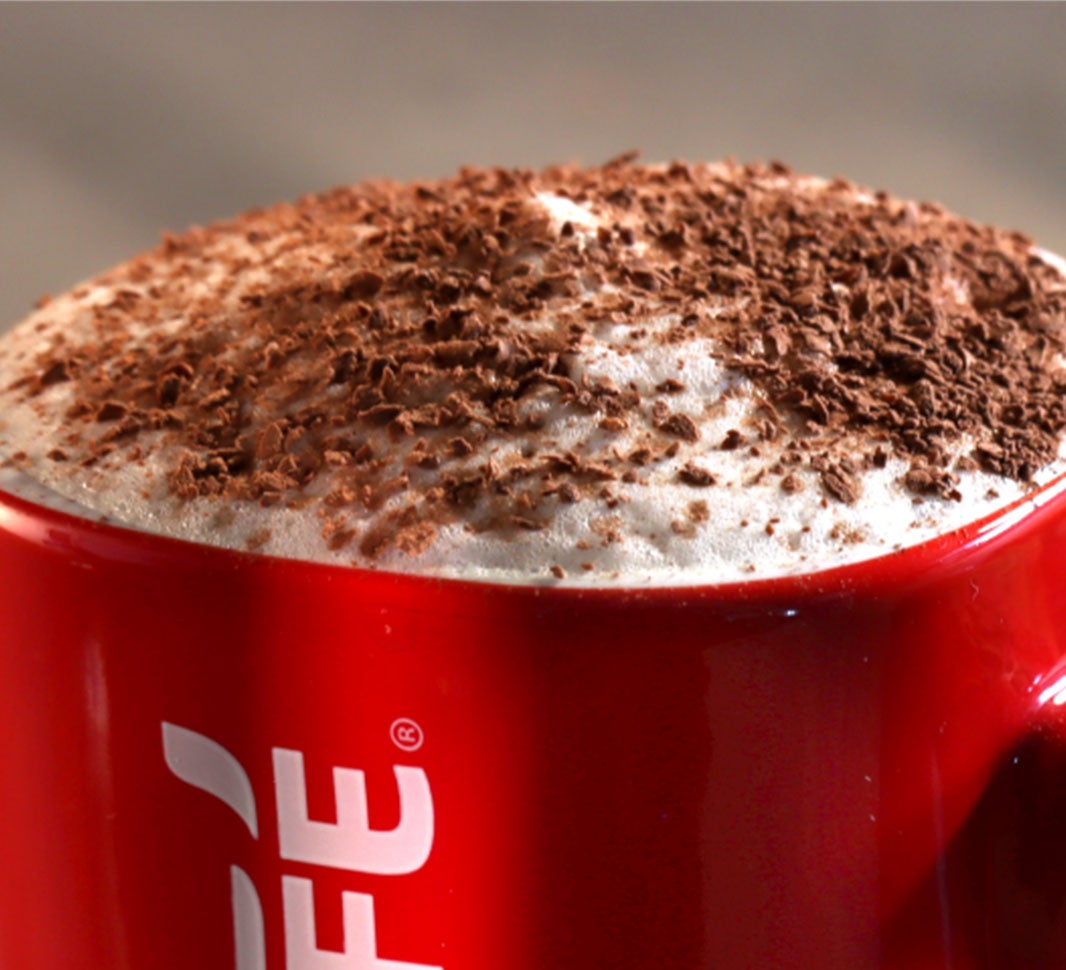
What is an Americano?

What is an espresso?

What is a cortado?

What is a mocha?
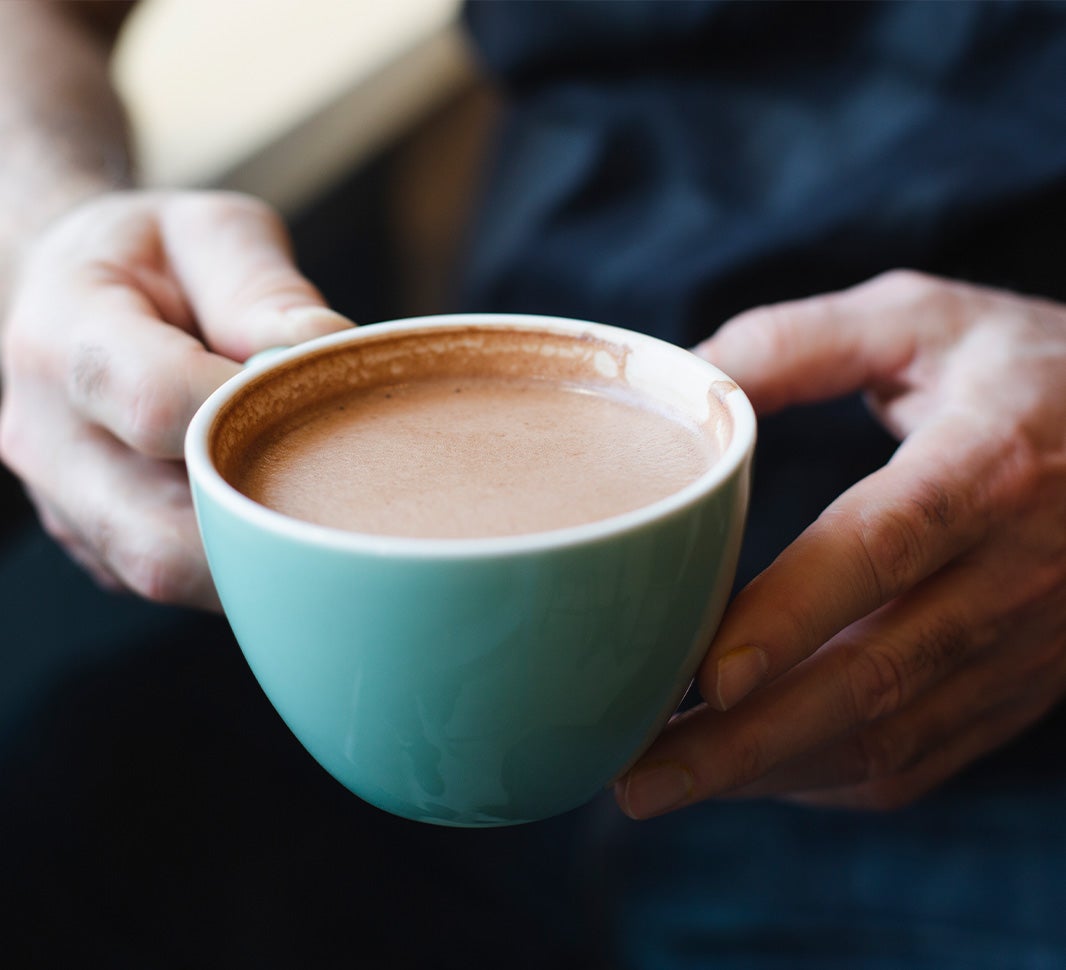
What is a macchiato?
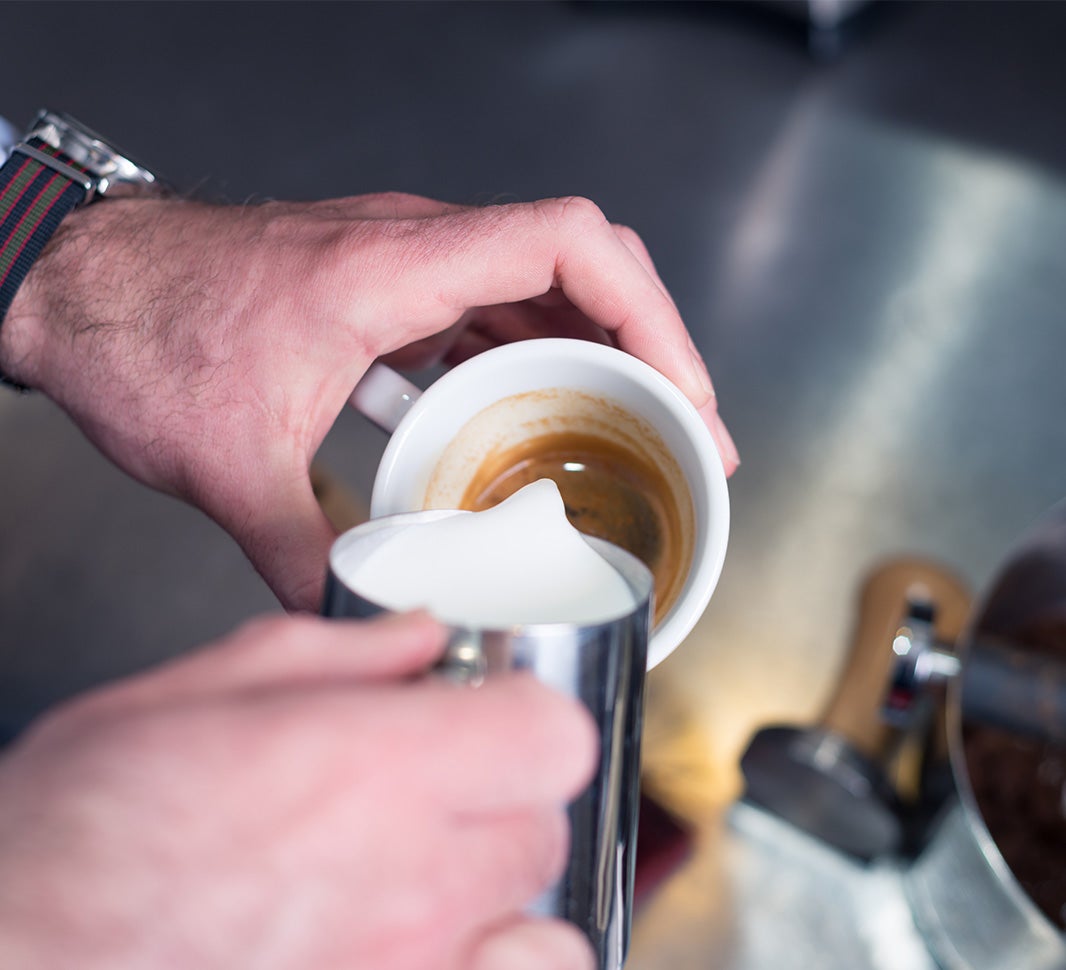
What is a flat white?
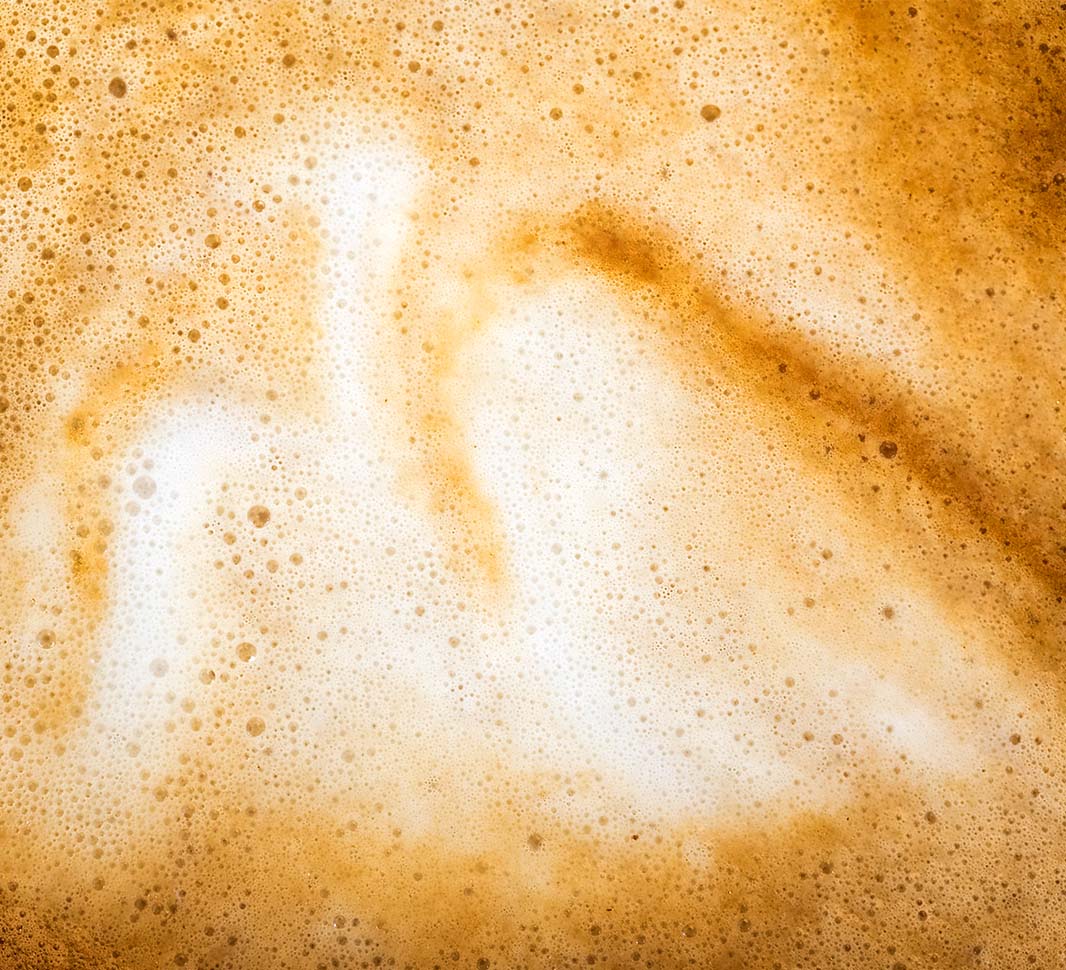
What is a decaf?
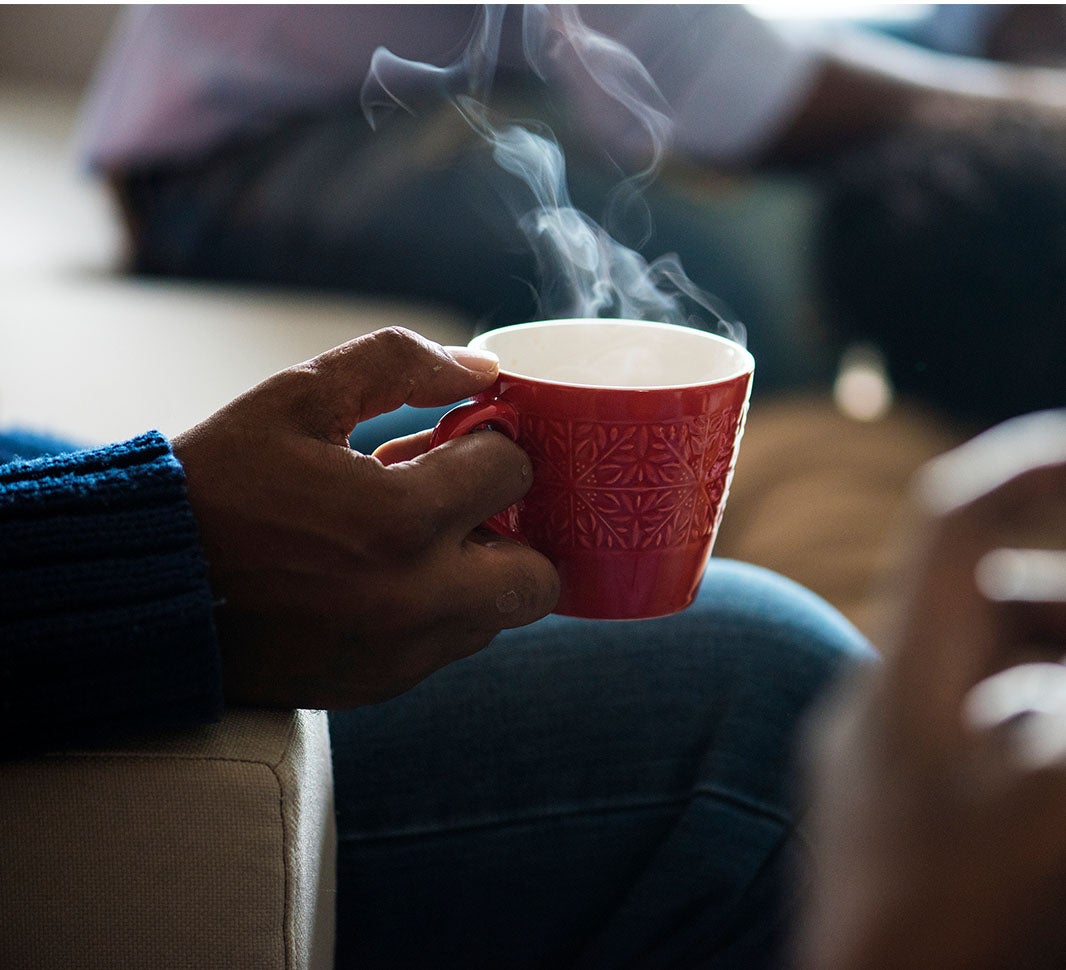
What is an Irish coffee?
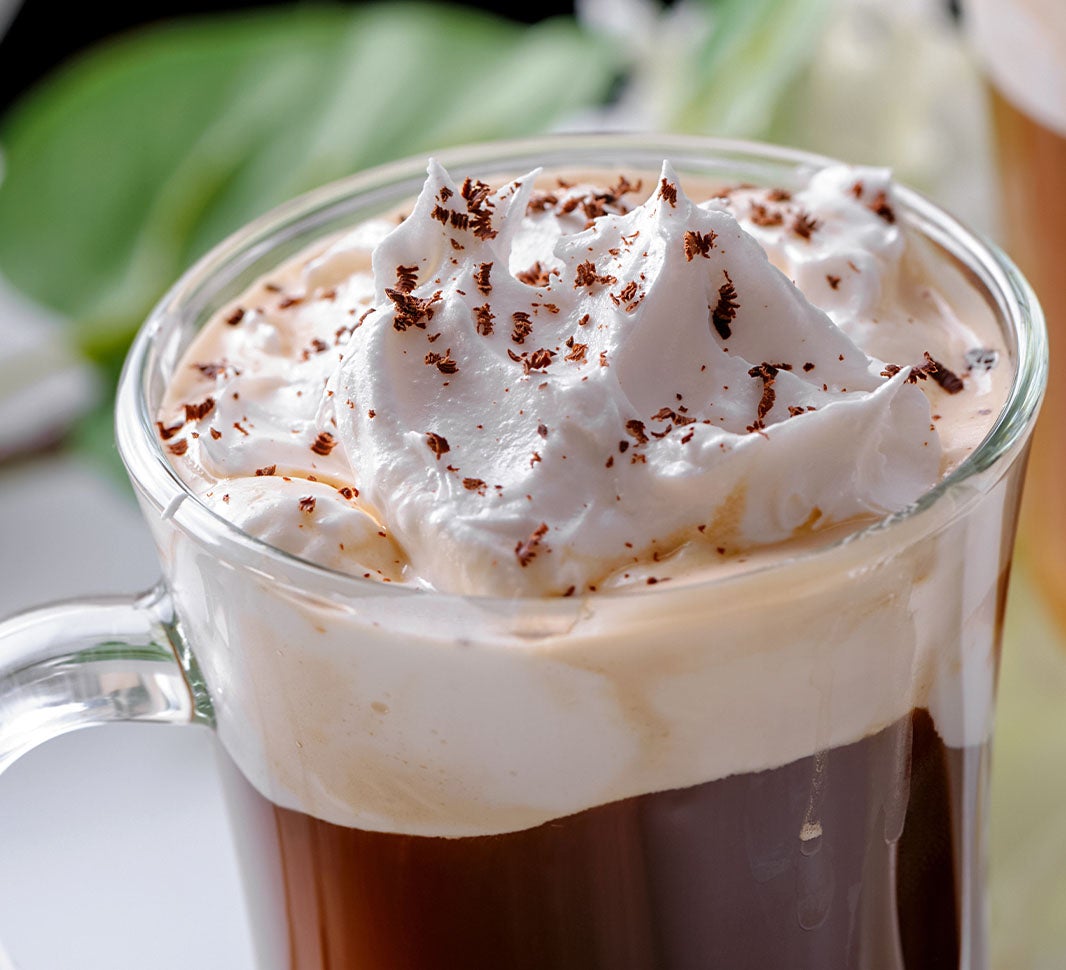
What is an iced coffee?
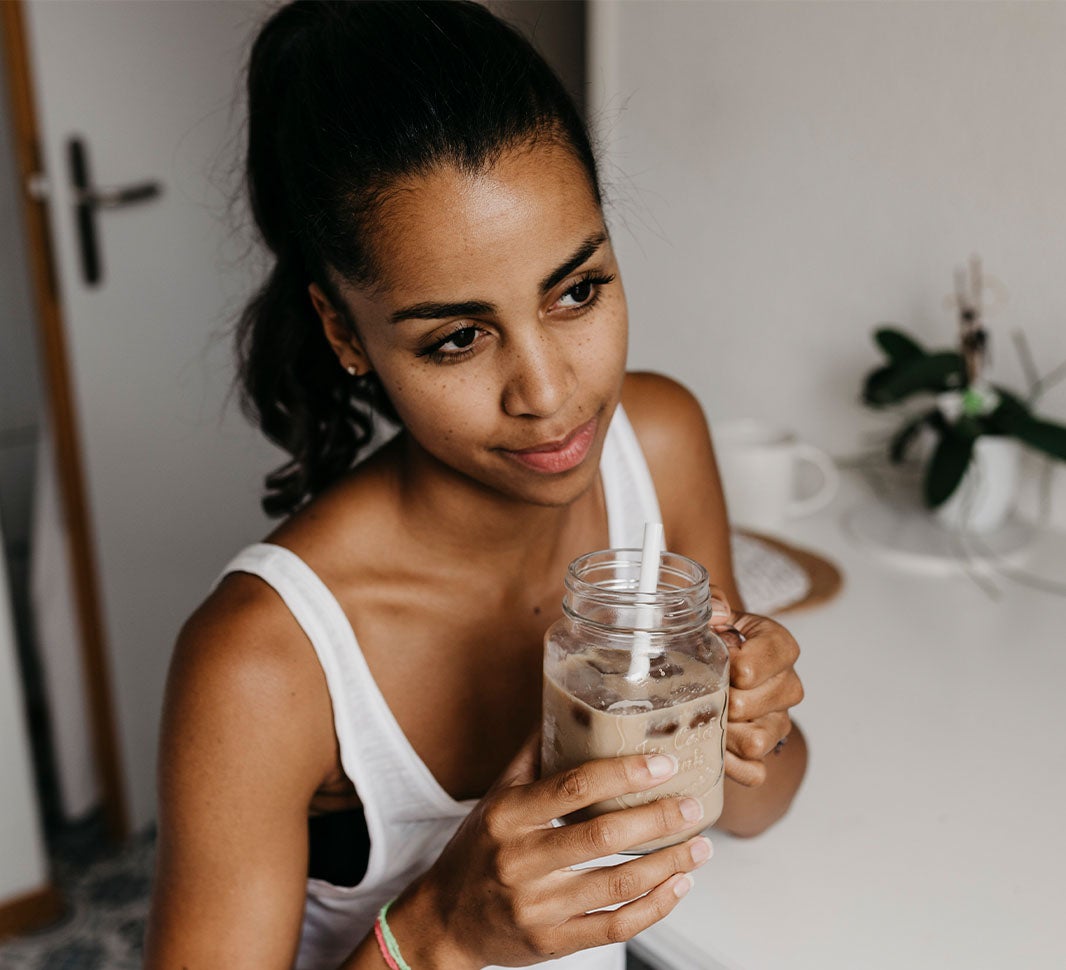
What is a Café au Lait?
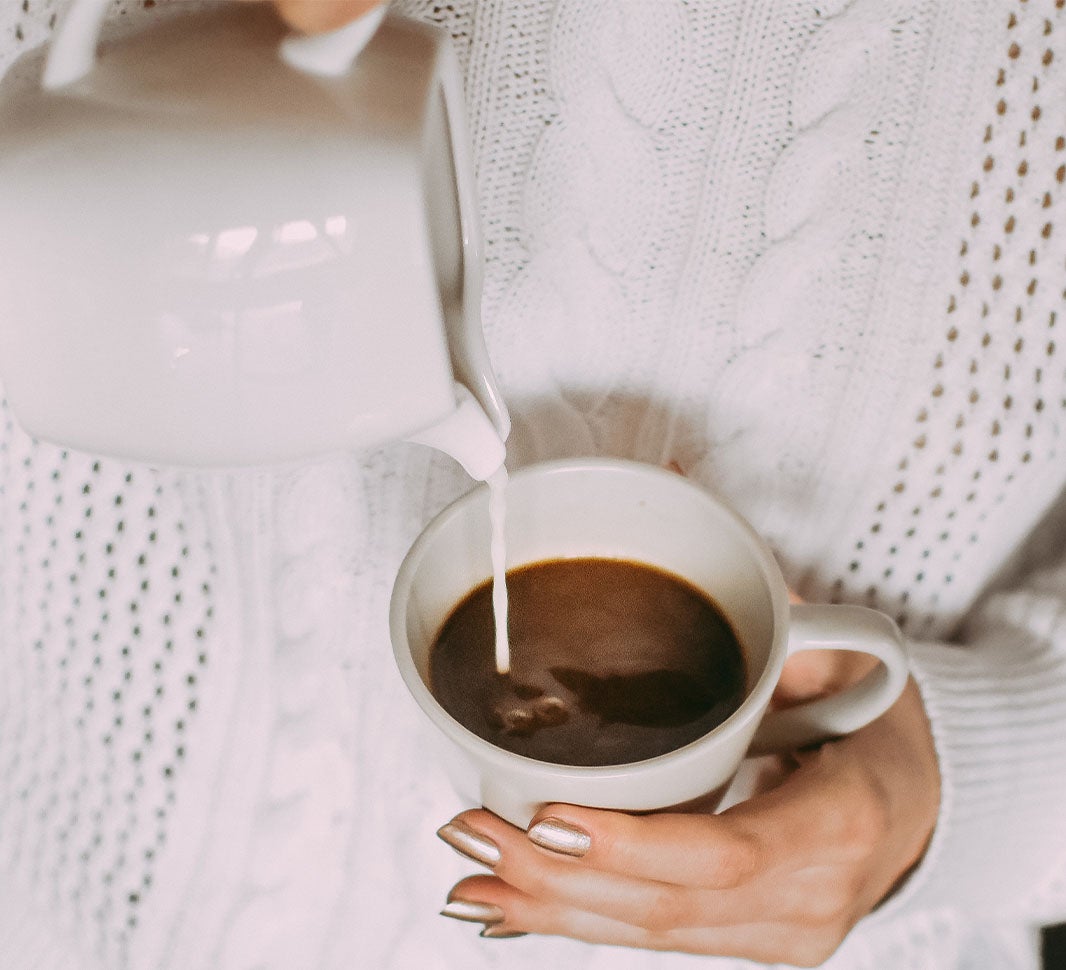
What is cold brew?

What is a frappé?

What is drip coffee?
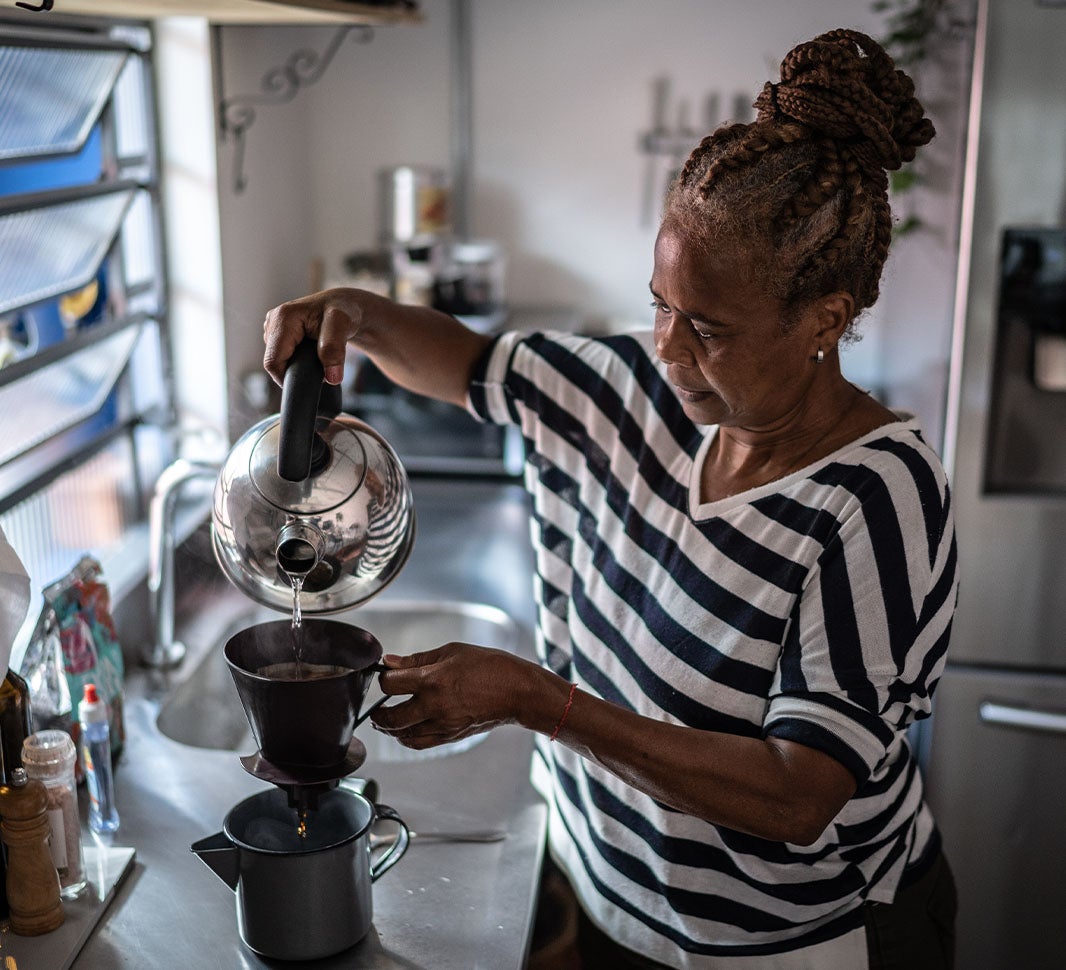
What is instant coffee?
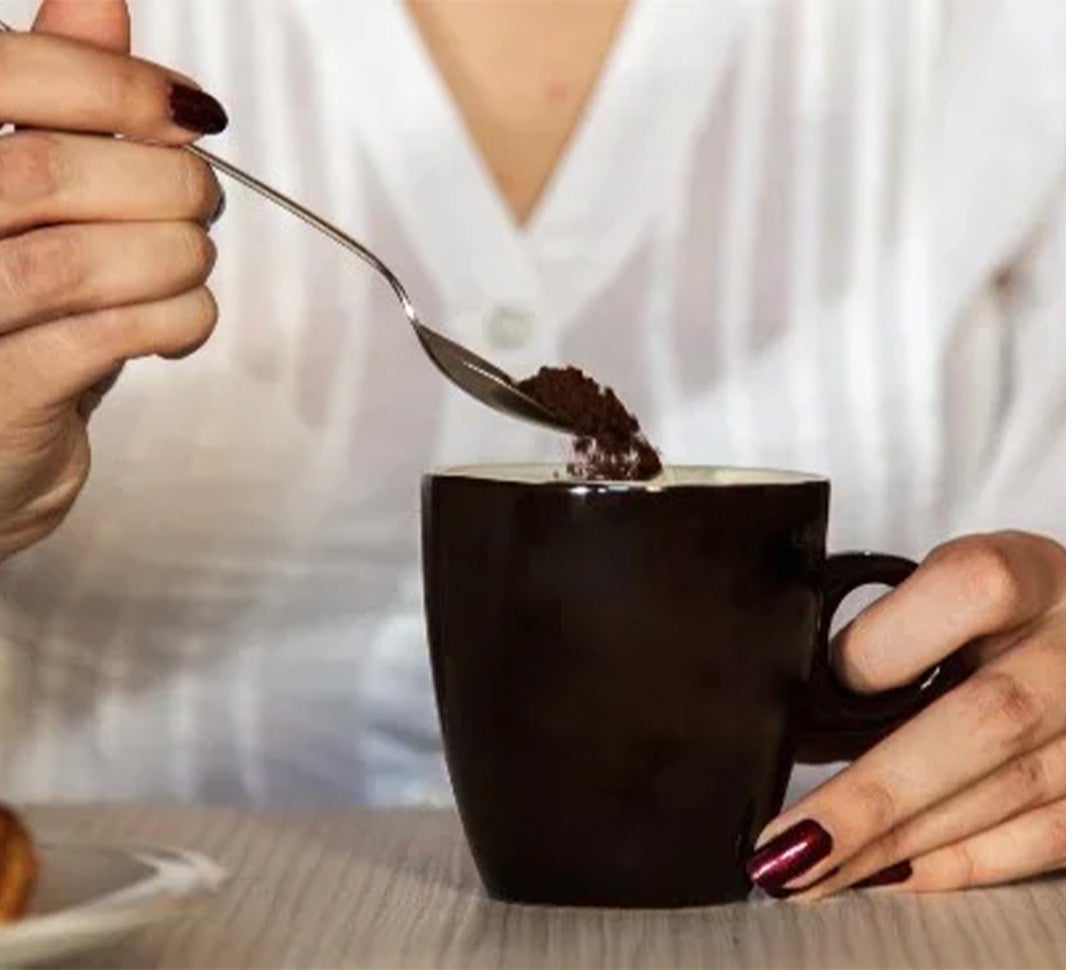
Wet Vs dry cappuccino
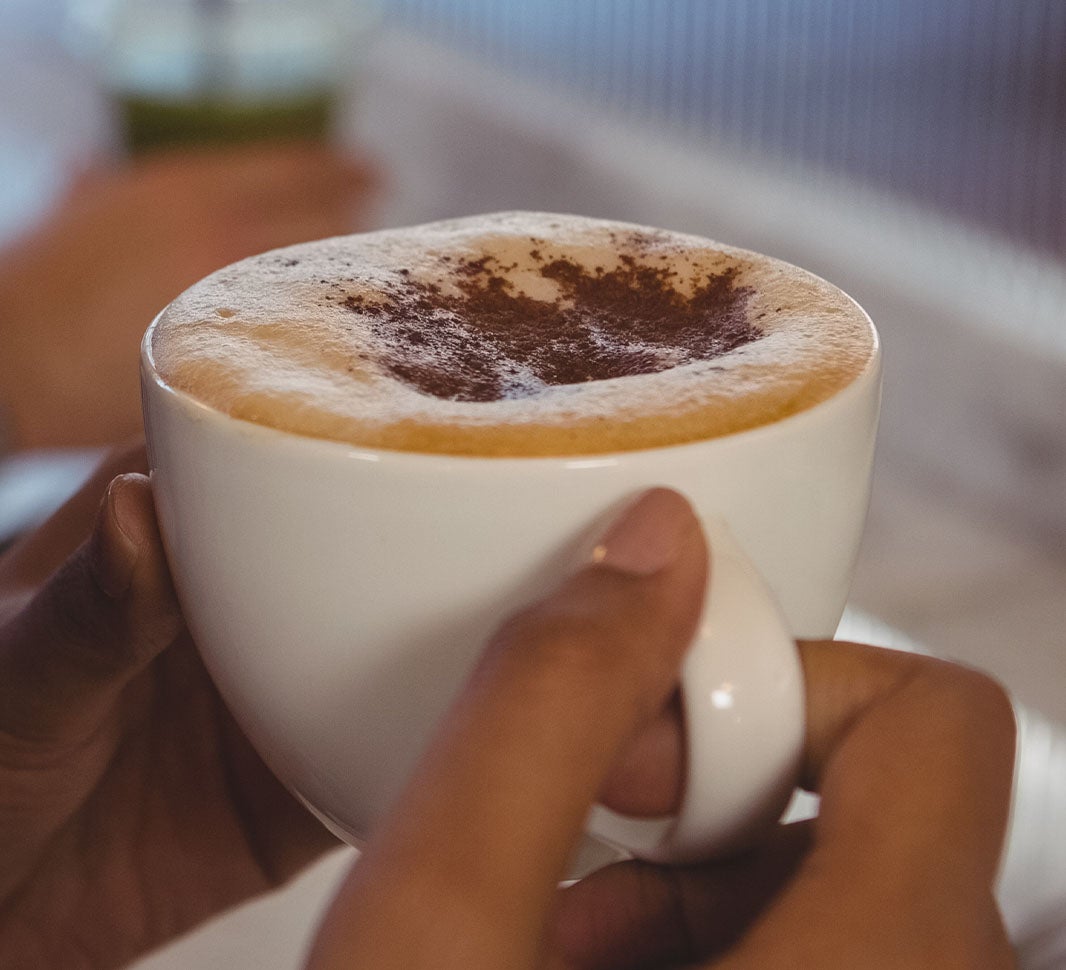
Long black coffee
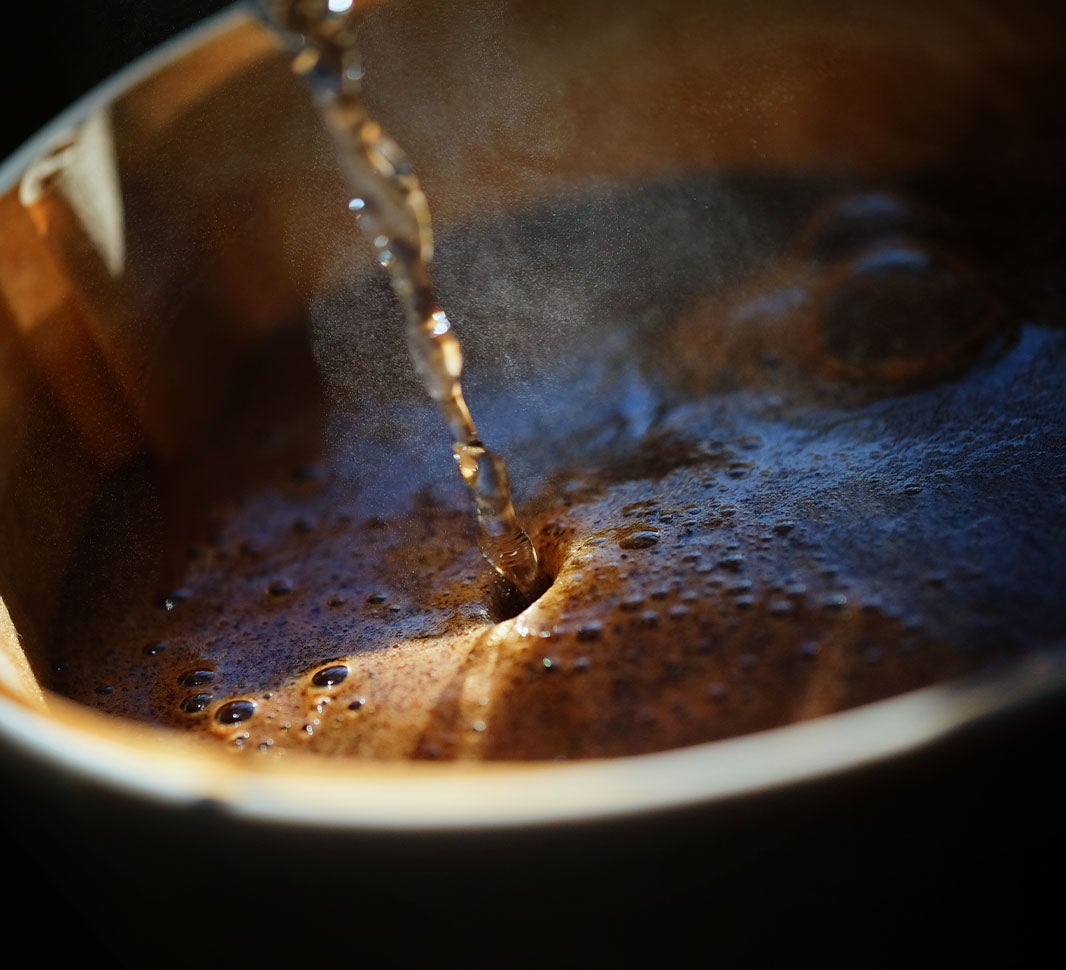
Cortado vs flat white
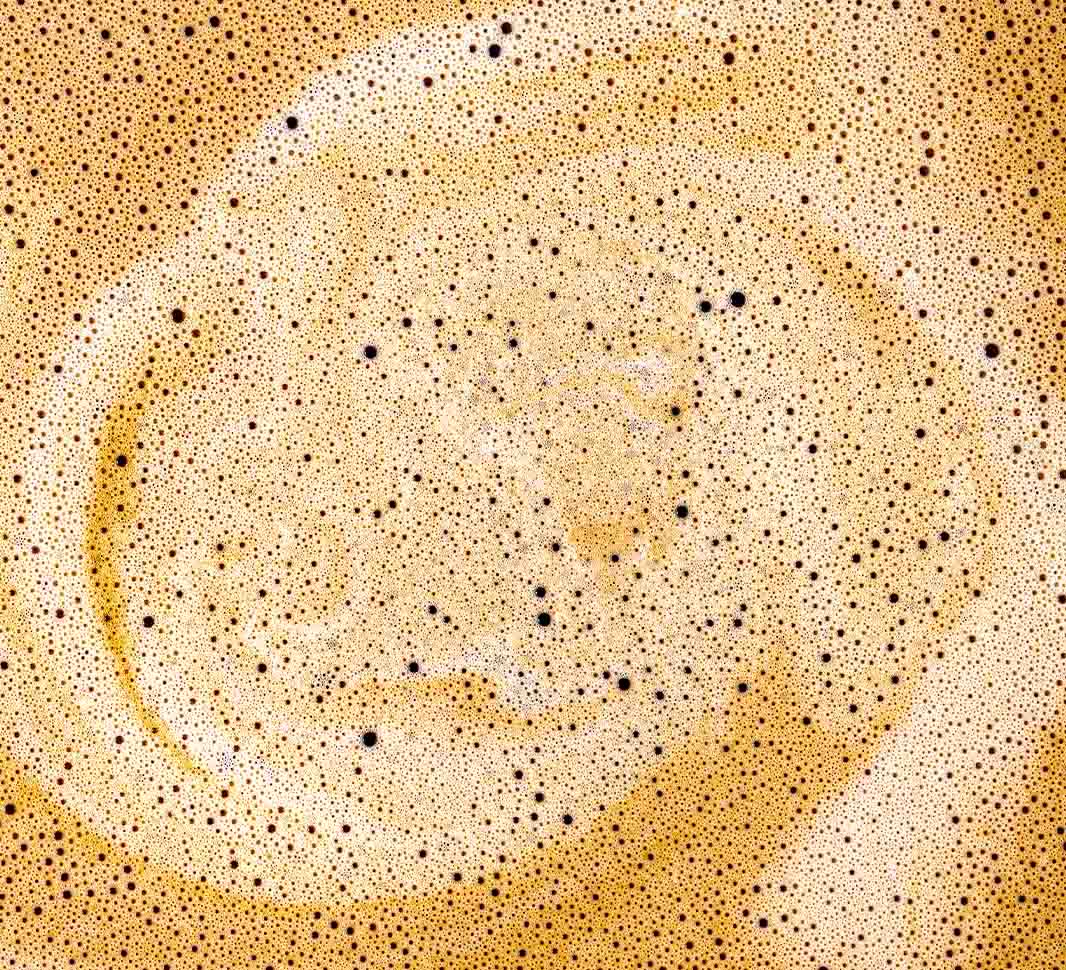
Latte vs flat white
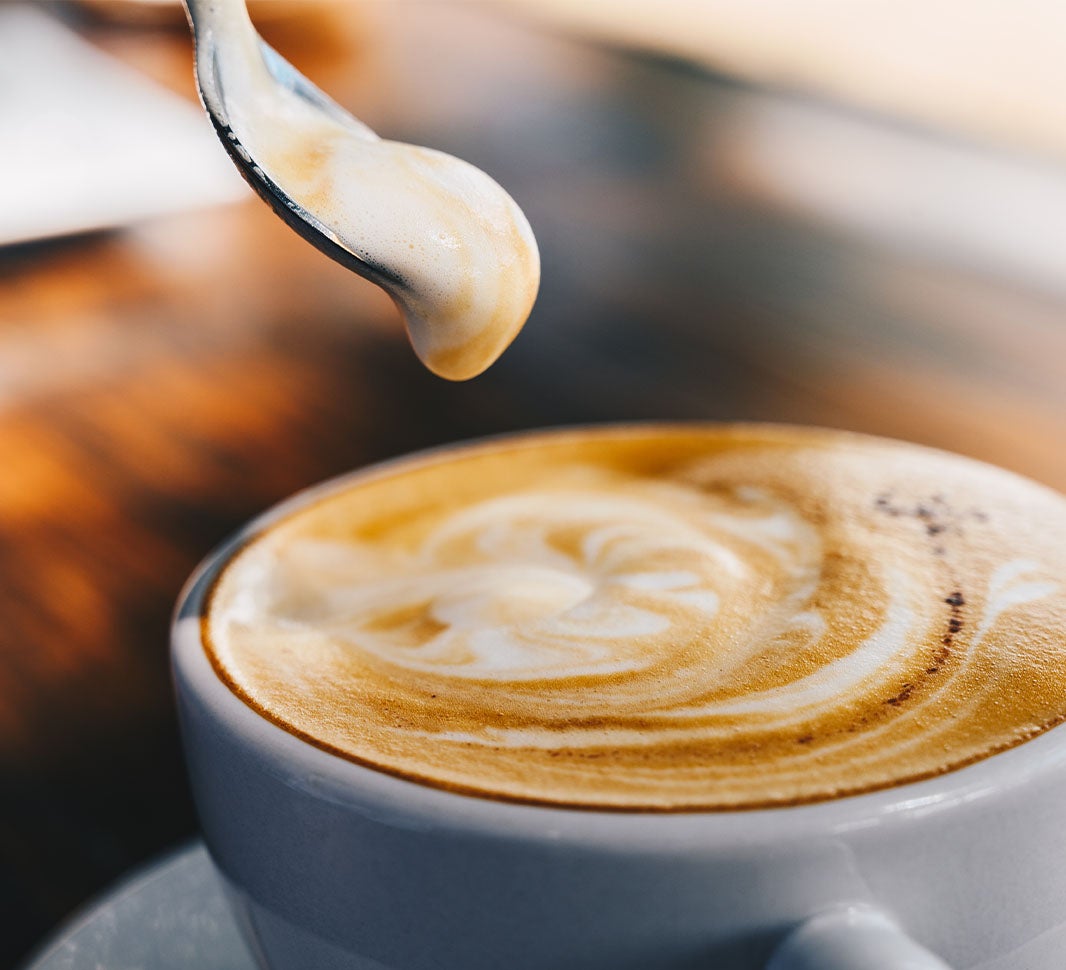
Latte vs cappuccino
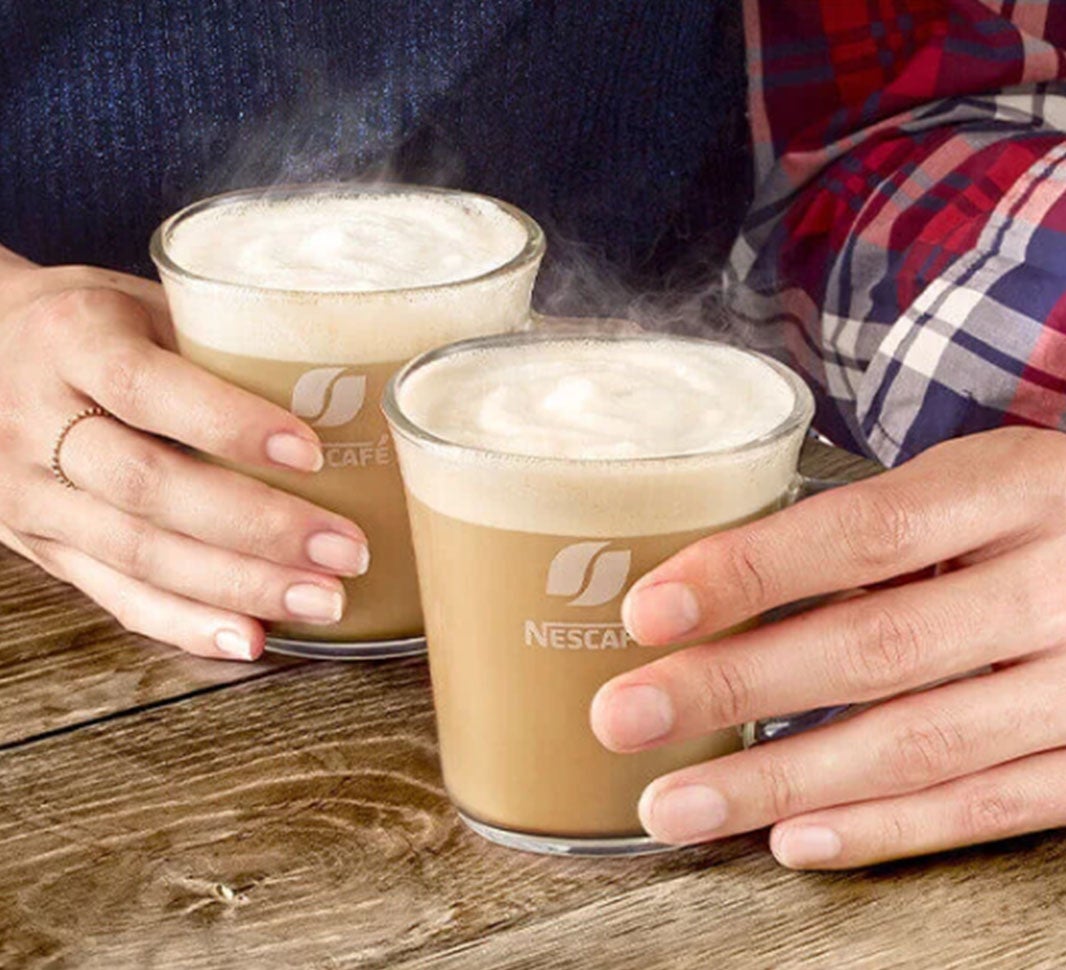
What is a latte macchiato?
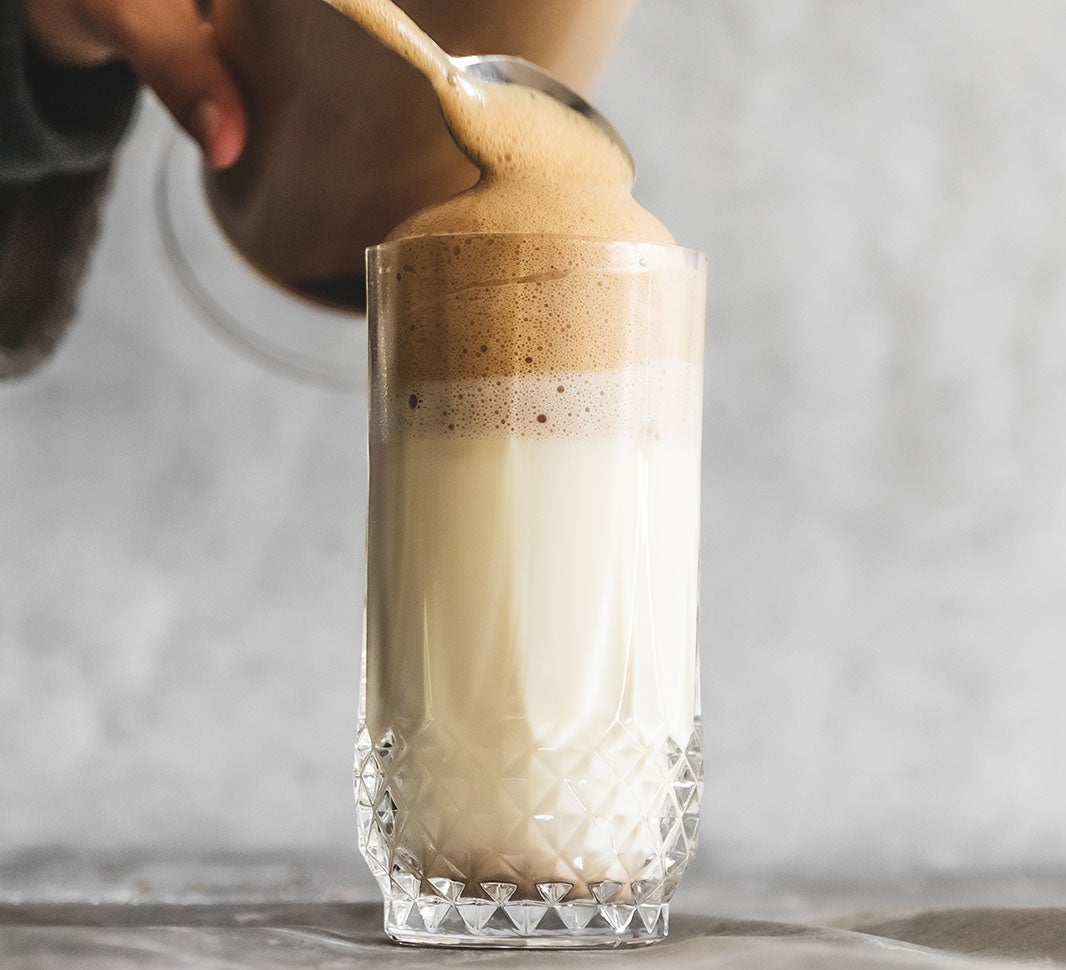
Latte vs macchiato
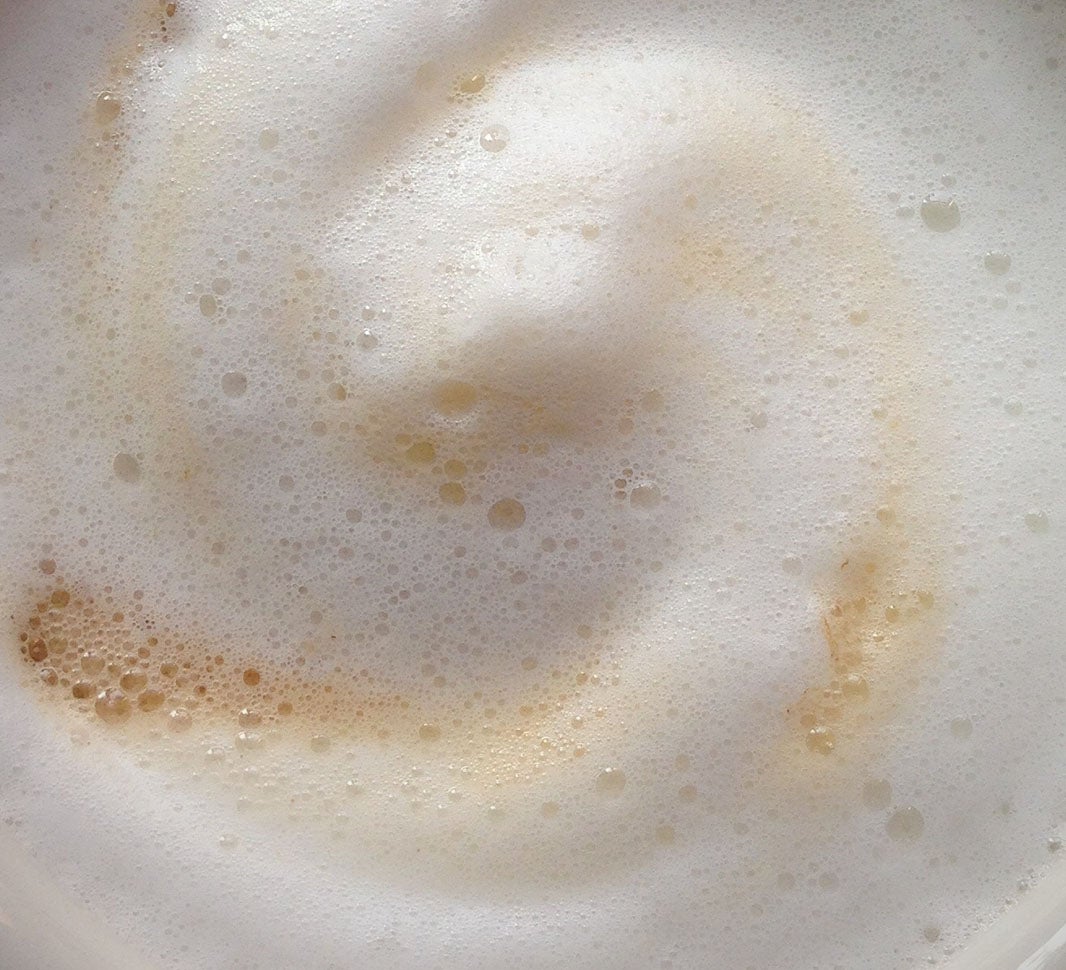
Flat White vs cappuccino

Frequently Asked Questions
How many coffee types exist?
There are over 30 combinations of coffee types in the world. We've put together some of our favourite coffee types for you to try at home - easy recipes with NESCAFÉ instant coffee as the starting point. From the well-known cappuccino, espresso, and latte, to the lungo, ristretto, café au lait and cold brew, there are so many types of coffee to enjoy. Which is your favourite?
Which coffee has the strongest taste?
The strongest type of coffee is freshly brewed espresso. It forms the base for most coffee drinks, and is easily enjoyed with added milk, but can be enjoyed by itself if you prefer bold, intense coffee flavours.
Which coffee has the mildest taste?
A latte is generally considered the least intense coffee. Made with freshly brewed espresso, the taste is then made less intense because of the volume of milk added. This also makes it sweeter with a more mellow taste.
Which coffee has the most milk?
A café latte has the biggest milk-to-coffee ratio, with a third being espresso and the remaining two thirds consisting of milk. The cappuccino is close behind which contains equal parts of espresso, steamed milk and milk foam (in a ratio of 1:1:1).
What are the most popular coffee drinks?
The cappuccino, the latte, and the espresso shot are probably the most popular types – or at least, the most well-known!
Different coffee types summarised
Looking for a quick read? Here’s a summary of the different types of coffee.
- Latte - One or two shots of espresso, lots of steamed milk and a final, thin layer of frothed milk on top
- Cappuccino – Espresso, steamed milk and milk foam equally split into thirds
- Americano - It can either be served 1/2 and 1/2 or 1/3 espresso to 2/3 water
- Espresso - Concentrated form of coffee, served in shots and it’s often the coffee base of many other beverages
- Cortado - Made with lightly steamed milk without froth or foam
- Mocha - It is often 1/3 espresso and 2/3 steamed milk, with chocolate flavouring
- Macchiato - Espresso coffee drink, topped with a small amount of foamed or steamed milk
- Flat White - A blend of micro-foamed milk poured over a single or double shot of espresso
- Decaf - Made from regular coffee beans that go through the decaffeination process.
- Irish Coffee - Made from coffee, Irish whiskey, sugar and cream
- Iced Coffee - A cold version of your favourite coffee, with ice added
- Café au Lait - brewed coffee and steamed milk. One part coffee to one part steamed milk with no froth or foam on top
A world of taste awaits! Enjoy discovering the incredible variety of coffees with NESCAFÉ.
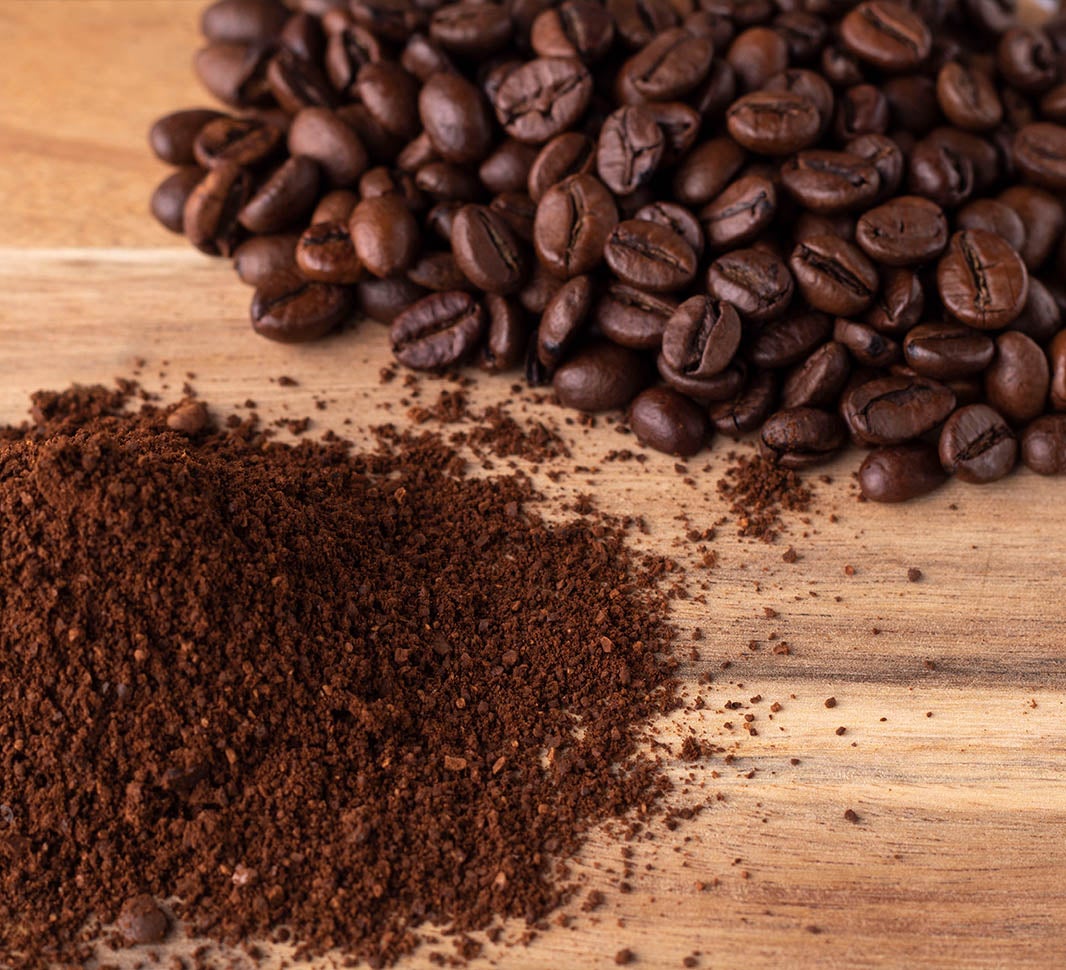
Today’s community favourites

What Is Cold Brew Coffee?
Deliciously chilled
Cold brew coffee is made by slowly steeping coarsely ground coffee beans in room temperature water for at least six hours. It can be as long as 24 hours with many choosing to do it overnight, but it depends on how strong you want your cold brew it to be. When the beans are steeped like this it creates a strong coffee concentrate that just needs to be mixed with water and milk to taste.
As the grounds aren’t exposed to hot temperatures, cold brew coffee has a more flavourful, sweeter, less bitter and acidic taste. In a recent study, cold brew coffee was found to be between 50 – 67% less acidic than the average cup of coffee. It’s a common misconception that cold brew has to be cold. It can in fact be served piping hot too! If you want it cold, simply add cold water, ice and milk to taste. If you prefer it hot, you just need to add hot water or hot milk (some will even pop it in the microwave if they’re in a rush).

Cold brew coffee origins

Does cold brew have more caffeine?

What’s the difference between a cold brew and an iced coffee?
Cold brew isn’t just another name for iced coffee! The key difference between a cold brew and an iced coffee is the latter is brewed hot, then chilled by pouring it over ice, resulting in a diluted coffee which many strong brew lovers don’t like. This is very different to cold brew coffee which involves creating a concentrate by slowly steeping the coffee grounds at room temperature which can then be served hot or cold.
Now you know what cold brew coffee is, and how it’s different to iced coffee, find out what a macchiato is next.

Today’s community favourites


